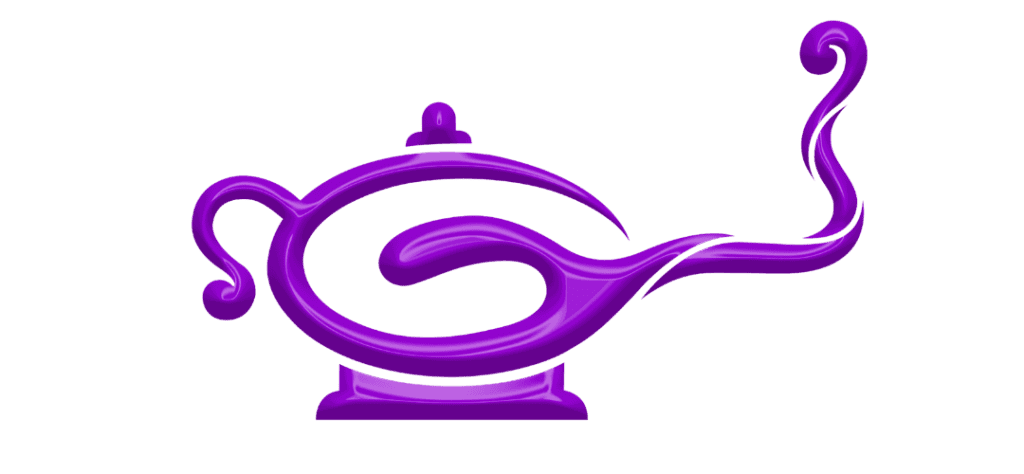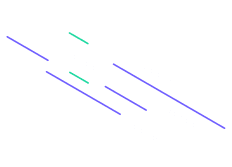If your potential employer is looking for energy and inspiration, make sure you give it to them in your cover letter. You need to match the tone, learn the lingo and understand the company speak. Modern cover letters need not be boring, stilted, and corporate, especially if you’re looking to work in a fun and creative environment.
For example, this cover letter includes an engaging photo and uses a layout that’s eyecatching with social media handles to stand out.
If you do some research you’ll find hints about your potential employer’s culture. Look at their blog, search for interviews in the media, or stalk their social media accounts for some inspiration!
Highlight the words used in the role description and don’t be scared to steal a few – if they say ‘awesome’ so do you. However, it’s important not to go overkill on this and risk sounding fake – make sure your natural voice shines through too (if you’re a good fit, your language should merge with theirs nicely).
2) Showcase the ‘Fit’
It’s not enough to just create one great cover letter. You need to tailor it to each job description.
So each one you write should showcase how you ‘fit’ this role and organization. Tailoring your cover letter doesn’t just mean addressing your letter to the relevant person in the organization (although you should absolutely do this). It’s about crafting your entire body to address the needs and desires of your
potential employer. Get to the heart of the matter by –
1. Telling them why you want to work for them
2. Telling them why they should pick you.
You should also demonstrate your value proposition – this means addressing the role description, the company and the culture to show how you uniquely ‘fit’. Create parallels between what you do, what the company does and what the role description requires.
For example, if they’re looking for a creative and results-driven ‘Content Executive’, you can offer an example of the campaign concepts you’ve created that have generated leads and/or sales.
3) Be clear and to the point
A cover letter should only be one page and so should get to the point quickly! The first line should introduce you and your intent (to get the job). The first paragraph? It needs to immediately address why you’re the perfect candidate for the role.
How? Look for repeated phrases, synonyms, and ‘Required Skills’ to find the core component your potential employer is searching for. If they’re looking for “an analytical mind”, for example, you should portray your passion for numbers and strategy within the first line or two. Your first paragraph is also a great place to convey the years of experience you have in your industry (especially if the number is rather impressive).
4) Offer more than your CV
If you’ve created a great digital marketing CV it will be formatted beautifully and full of metrics, timelines and streamlined achievements. Well, your cover letter is your one and only chance to flesh out these bullet points and add more depth to your personal story.
For example, say your CV says you increased your company’s leads by 30% in a quarter. You can explain how you managed a team to achieve this metric, the tactics you employed, and the obstacles you overcame.
This will give your potential employer insight into your ‘soft skills’ like motivation, adaptability, collaboration and communication. It’s often these ‘soft skills’ that can make the difference between you landing the job and getting overlooked by a more rounded candidate.
5) Close with a call to action
How you close your cover letter is every bit as important as how you open it. Your closing paragraph has three purposes:
1. To restate your enthusiasm for the role and how you believe you’re a good fit.
2. To re-communicate the value you can bring to the role and the company.
3. To provide a clear and confident call to action about how your potential employer should get in touch.
Just think about your digital marketing campaigns, you need to include a relevant CTA to engage prospects, the same applies to your Digital Marketing Cover Letter.






